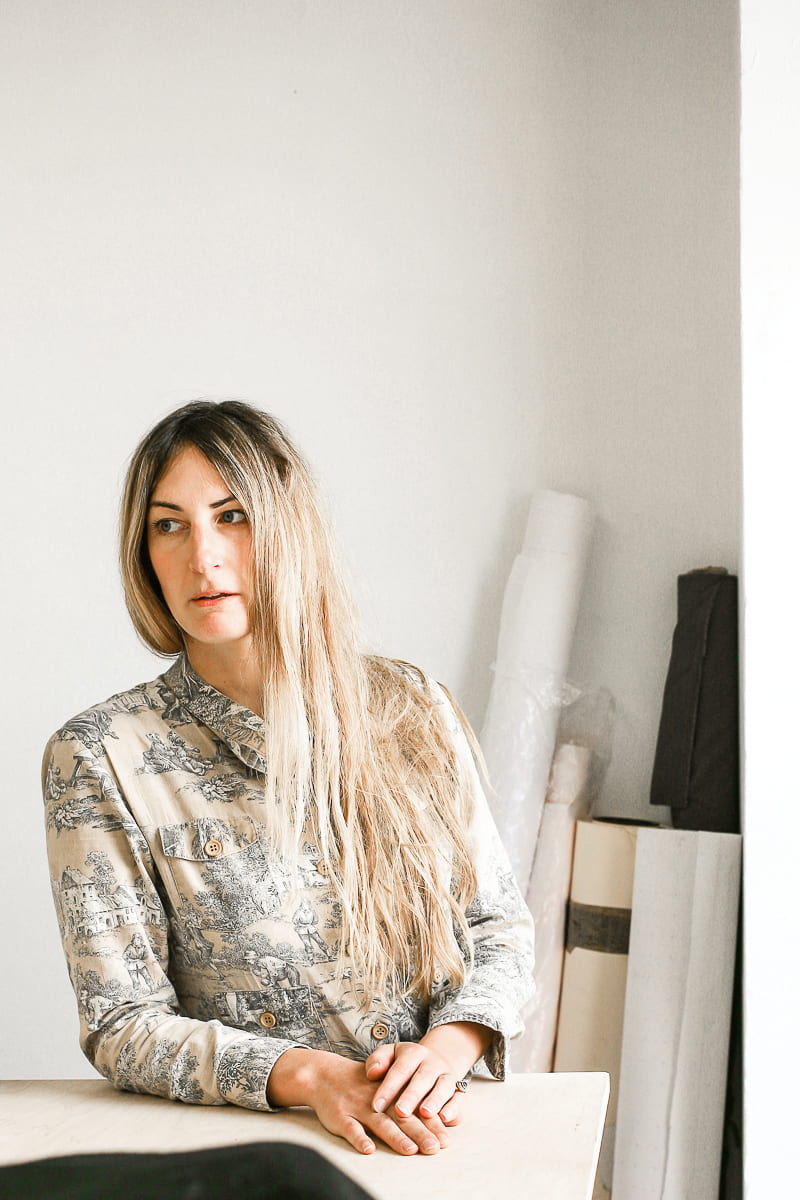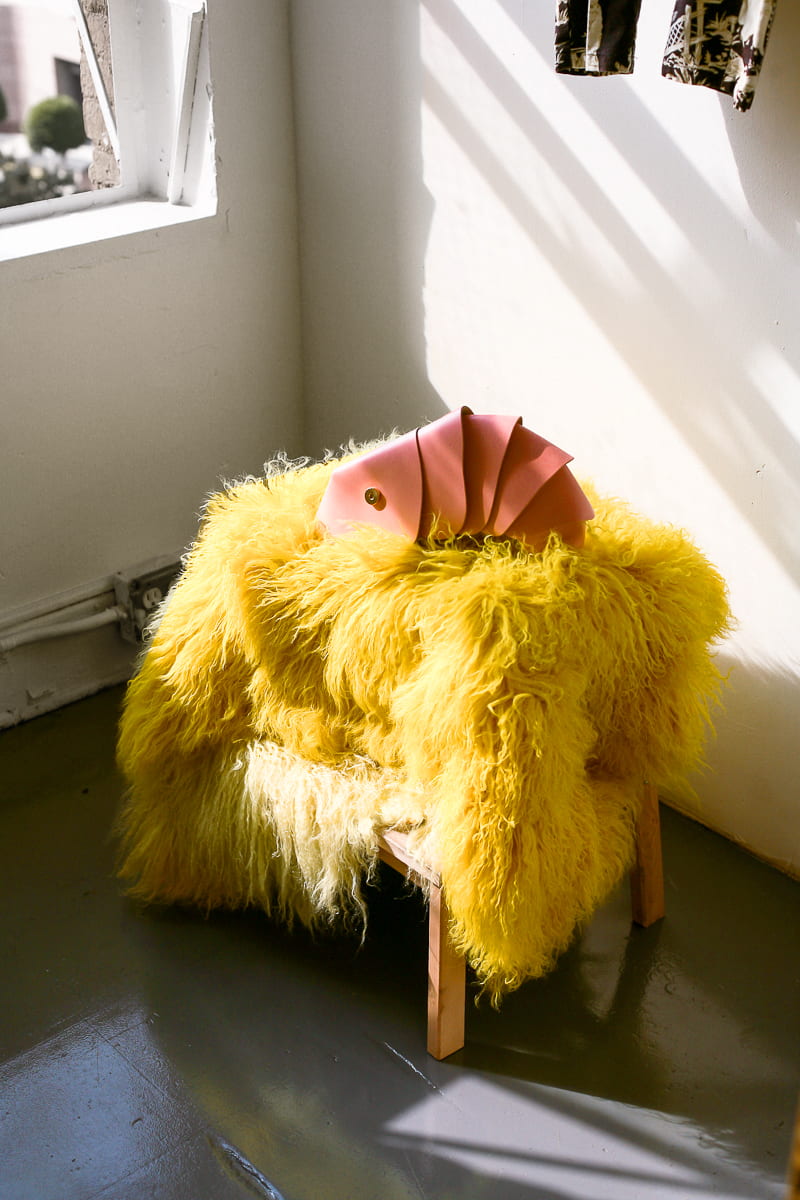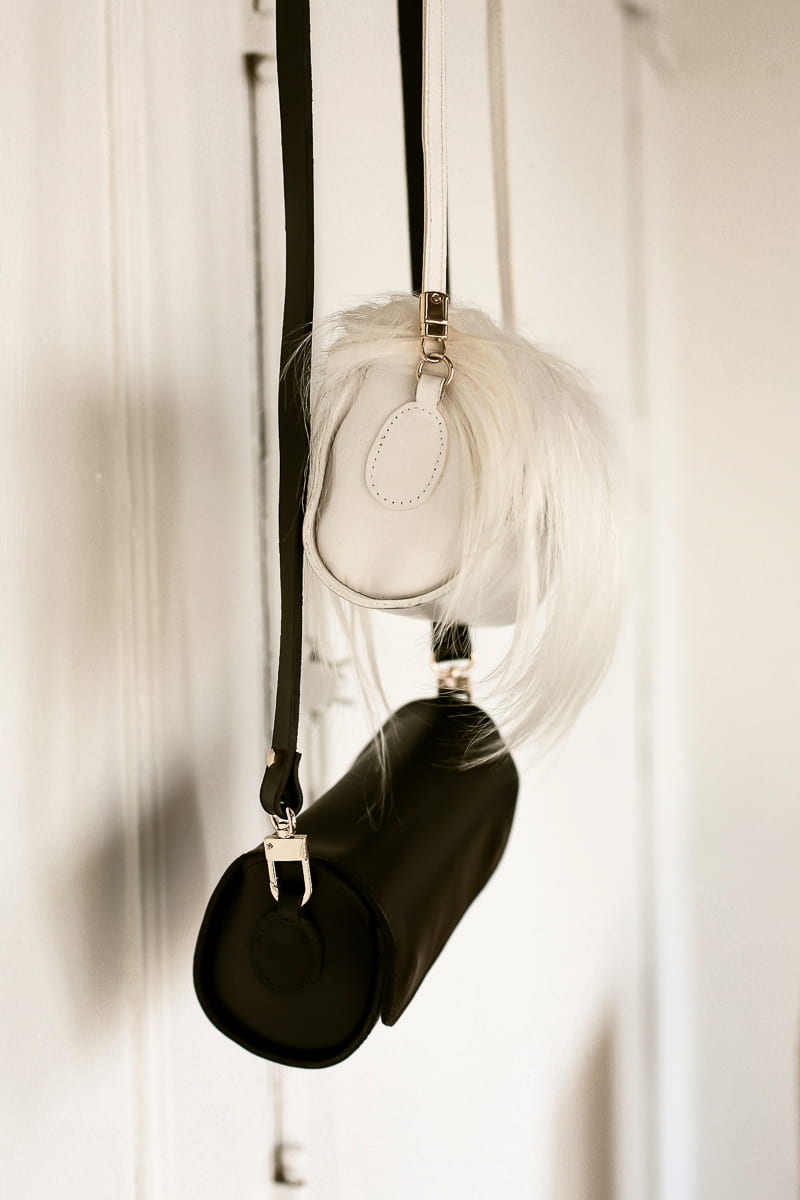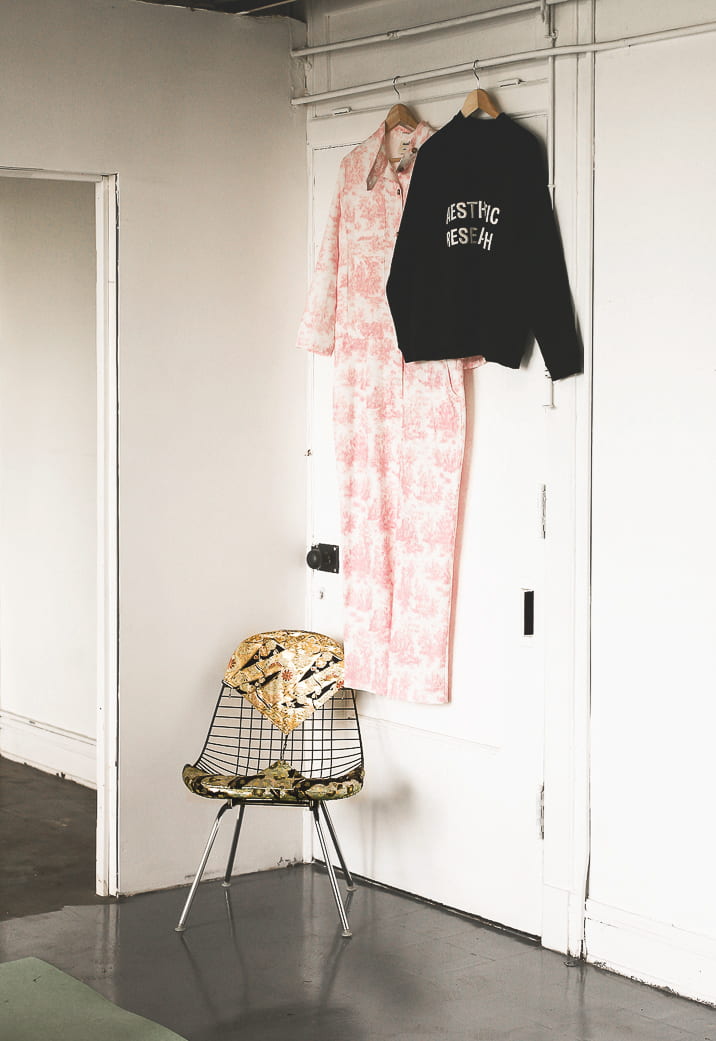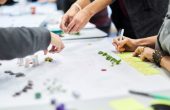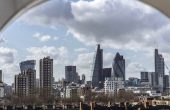I first discovered the German-born designer, Larissa Hadjio when I caught sight of one of her brilliant Tonie clutches at London Fashion Week.
After studying Fine Art at Central Saint Martins, Hadjio launched her line of sculptural leather accessories in 2010. Personally I love the playful and light-hearted nature of her pieces, but underneath this is a real understanding of sustainability and design.
Having previously been based in East London, Larissa recently moved to Los Angeles, in search of a better life and warmer weather! I spoke to her about her decision to move, her business and her influences.
How did you get into fashion? And specifically accessories?
I arrived there almost by accident. After graduating from Saint Martin’s in Fine Art my best friend Maymanah (May) and I wanted to create objects that would have a life outside of the gallery space. May wanted to focus on jewellery and I on bags, as I found no bag I liked.
So over the course of a year, we created the first wild animal series which we condensed into the deep sea collection. Tim and Mawi (Mawi) were my neighbours for almost ten years , Tim mentored us through the first year, helping us fine tune our ideas into a fashion brand.
May now runs the production of the leather goods in London and I am now based in LA, focusing mainly on garments and our new store.
Bags are often statement pieces, but often through monograms or other traditional ways. Your designs certainly make a big statement, but in a fun and playful sort of way. Where does this approach come from?
Saint Martin’s was the first place that nurtured the thinking out of context. And then bringing it all together into one idea and story line.
That and my passion for adventure. When I can, I spend months a year travelling, exploring new cultures and feeding this back into my designs. Life can be so stressful at times, so I choose my work to be light and delightful.
All images via Aubrey Devin
A lot of your designs seem to be inspired by wildlife or the natural world, is this a big influence in your life/work?
Nature brings me to my most happy place. And it’s more powerful than my first coffee in the morning.
Unique nature also has a surreal element about it, that can catapult you into a different mindset, that’s what I love about fashion and accessories. Pieces or outfits that make you feel very different about a moment.
I know you’re passionate about sustainability – how do you incorporate sustainable principles through your business?
Sustainability can mean a lot of things.
Looking at the origin of a material and quality and condition of labour involved into a piece, which is hard thinking of how many elements feed into just a yarn.
For a small label it also means that the entire production chain is sustainable for the label, that workers are paid fairly and you know everyone involved in the production process.
I have worked in the past in Indonesia closely with a workshop where I knew every single person in the process and even though in Europe this could be considered cheap labour, the work we brought to the remote place would help sustain a small community.
Even though it was rewarding, it was not sustainable for the size of the label, and we brought the production back locally.
A strange aspect one forgets about sustainability is consumption. How expensive a sustainable garment can be and how attainable this often is for a fashion lover. Creating accessible clothing is a challenge for a brand of my size.

How do you source your materials – in particular leather? Is it difficult to find tanneries that fit your needs?
Europe has a rich history in tanning, giving you many options to source leather from European tanneries. I moved the label to California two years ago and moved into ready to wear. And there could not be a better pace to produce garments than California, in particular where I am in LA.
North and South Carolina have a huge mill industry and a lot of yarns come from within the USA, which makes it easy oversee the entire supplier chain. My leathers are still all European.
Creating and running your own business is always difficult – why did you decide to do it and what were the most significant challenges you faced?
There is a new challenge at every new development of a business. When I started, the ‘trade show and wholesale’ concept was the only model most designers would base their strategy on. I remember being laughed at when I opened an online store six years ago, being told nobody knows you yet, why an expensive store?
I am opening an appointment only store in Downtown LA in May, focusing only on presenting London designers. The new challenge will be running a brick and mortar for the first time alongside the wholesale and online business.
Are the challenges different for an accessories brand than a clothing line do you think?
They are. With accessories people still want a big name attached to the piece, with garments people are more open to try out new and experiment.
I know initially you were based in London, but have since moved to LA. Why did you decided to move? What do you think LA offers that London doesn’t?
First the sun. The warmth. The beaches, the lazy + easy weekend breaks in Palm Springs and Joshua Tree. Or a windy day in Sonoma. The Ocean. Nothing is more fun than watching sea lions laze about. I could go on…
I moved with my partner, after more than a decade in London we were up for trying something new, with a more relaxed day to day life quality. We both lived and worked in Dalston for a decade and as the area changed a lot, were up for some change ourselves.
But Europe is where our families are and I try to go back a lot. To soak in some London culture.

Does London work as a city for young designers?
It does and it doesn’t. You have amazing schools and openness for experimentation. Traditions, as much as the new, are celebrated, and the British Fashion Council is nurturing fresh talent more than ever. But the industry’s wages are extremely low. And it’s a saturated industry, a lot of graduates are expected to work for free still. It’s hard but it’s a great place to be also.
What is the future of fashion?
I am witnessing a shift of local design. The Chinese instead of only focusing on European design now embracing their new generation of fashion designer talents, and it goes even more local than that. People mix more high street with high fashion allowing for smaller, independent brands to thrive.

